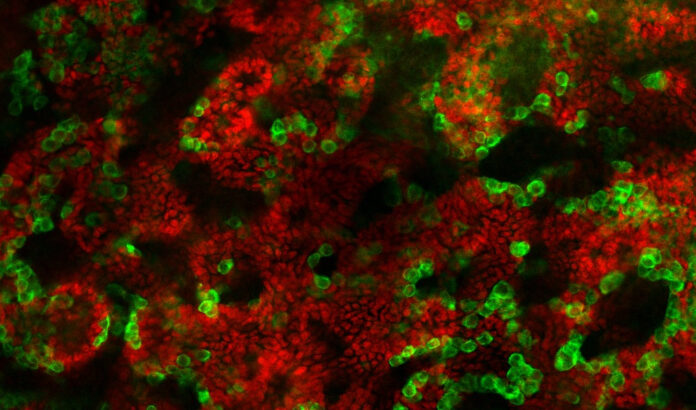Recent research has detected microplastics in human testicles, sparking concerns about potential impacts on male fertility. Scientists, examining 23 human testes and 47 from pet dogs, uncovered microplastic pollution in all samples, shedding light on the pervasive presence of these harmful particles.
While the preserved human testes prevented direct measurement of sperm counts, a correlation emerged in dog samples, where higher PVC contamination corresponded to lower sperm counts. This correlation suggests a potential link between microplastics and decreased sperm counts, although further investigation is warranted to establish causation.
The decline in men’s sperm counts over the years has raised alarms, with various studies attributing factors like chemical pollution, including pesticides. Microplastics found not only in testicles but also in human blood, placentas, and breast milk, underscore extensive bodily contamination. Although the health implications remain uncertain, laboratory experiments have demonstrated the harmful effects of microplastics on human cells.
Global microplastic pollution, stemming from widespread plastic waste disposal, poses a significant threat. From Mount Everest to the deepest oceans, microplastics pervade the environment, infiltrating food, water, and air sources. The particles may embed in tissues, triggering inflammation or chemical-related harm. Earlier this year, doctors warned of potentially dire consequences after discovering an elevated risk of stroke, heart attack, and premature death in individuals with microplastic-contaminated blood vessels.
Professor Xiaozhong Yu, from the University of New Mexico, expressed surprise at the findings, particularly regarding microplastic penetration into the reproductive system. The study, published in Toxicological Sciences, involved dissolving tissue samples to analyze the residual plastic, with human testes exhibiting nearly three times the plastic concentration compared to dog testes.
Polyethylene, commonly used in plastic bags and bottles, emerged as the predominant microplastic, followed by PVC. Notably, PVC’s propensity to release chemicals interfering with spermatogenesis and inducing endocrine disruption raises concerns about its impact on male fertility.
The human testes analyzed were obtained from postmortems conducted in 2016, spanning a wide age range. With mounting plastic pollution, particularly affecting younger generations, the potential implications for male reproductive health are worrisome.
A smaller-scale study in China corroborated these findings, further emphasizing the urgent need for comprehensive research into the effects of microplastics on human fertility.



